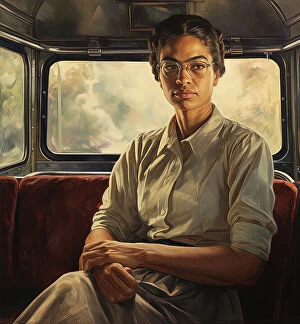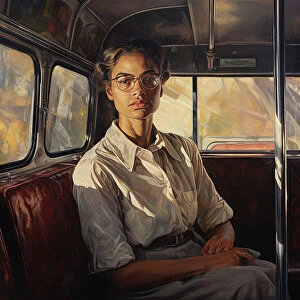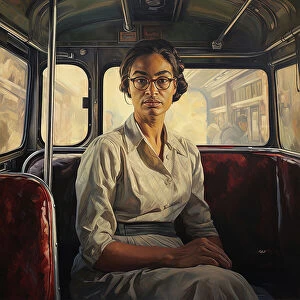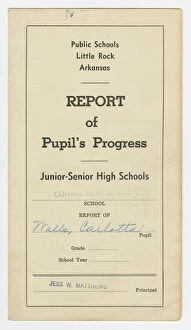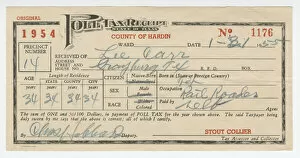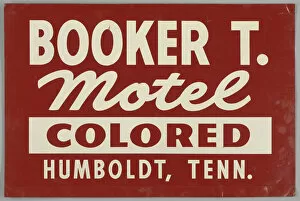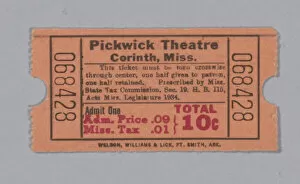Racial Segregation Collection
"Unveiling the Dark Shadows of Racial Segregation: A Haunting Legacy" In the aftermath of the Civil War, carpetbaggers descended upon the defeated South
For sale as Licensed Images
Choose your image, Select your licence and Download the media
"Unveiling the Dark Shadows of Racial Segregation: A Haunting Legacy" In the aftermath of the Civil War, carpetbaggers descended upon the defeated South, opportunistic Nordic individuals seeking to occupy lands and exploit political functions. Their presence only deepened the wounds of a divided nation. Tragically, racial tensions escalated further as lynching became a horrifying reality in Osceola, Missouri in 1887. The life of a barber was mercilessly taken away, exposing the brutality that African Americans faced at the hands of their white counterparts. Even intellectual circles were not immune to racist commentary. Popular Science Monthly featured an article expressing concern over the increase in America's black population and their high birth rate – perpetuating discriminatory ideologies that sought to stifle progress and equality. The Men of the Day publication from 1905 showcased an illustration by Aristide Delannoy depicting Antisemitism alongside racism – two poisonous forces intertwining within society. Such imagery served as a reminder that prejudice extended beyond color lines. Xenophobia reared its ugly head with depictions of Ku Klux Klan members lynching African Americans during this dark period. Private collections preserved engravings capturing these heinous acts, highlighting how hate manifested itself through violence and fear. Amidst this turmoil, William Kelloggs rallied his adherents inside New Orleans' Saint Charles Hotel turned legislative chamber. This clandestine gathering fortified by whisky aimed to maintain oppressive systems while suppressing voices fighting for freedom and justice. The carnival atmosphere on Saint Louis streets reflected divisive election slogans like "americans are not bandits" versus "bandits I'm not afraid. " These phrases symbolized supporters aligned with conservative ideals versus those advocating for change – showcasing how politics intertwined with racial segregation. Examining historical documents such as Louisiana's Reconstructed Constitution from 1868 reveals attempts at progress amidst adversity. However, it also serves as a stark reminder that even the law itself could be manipulated to perpetuate racial inequality.

